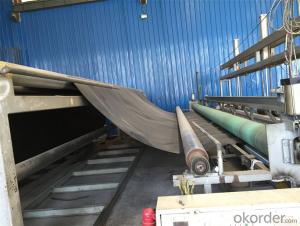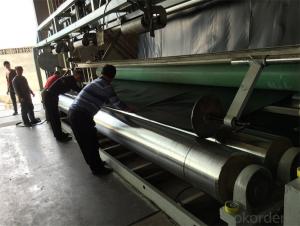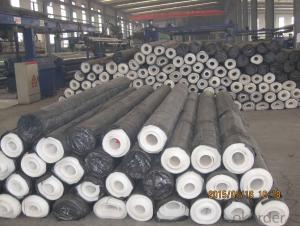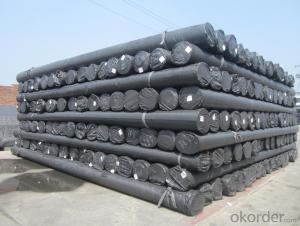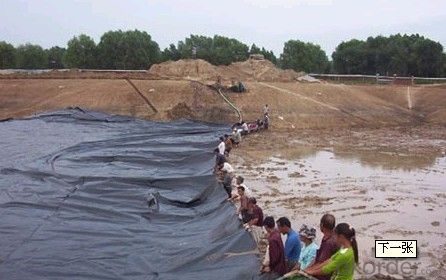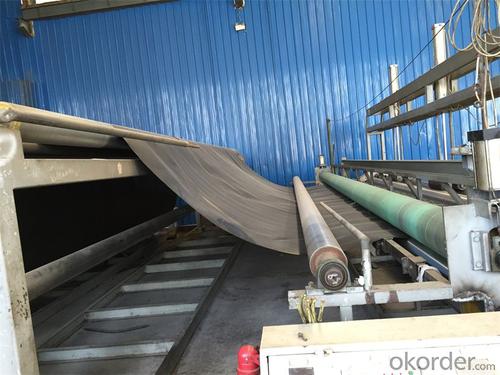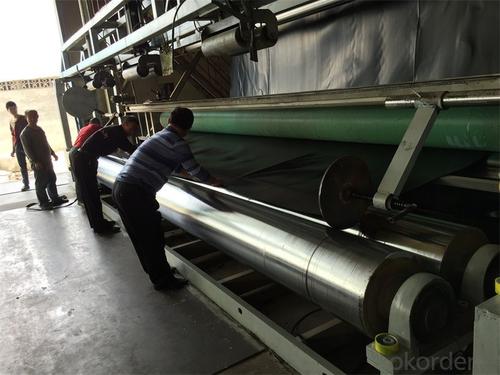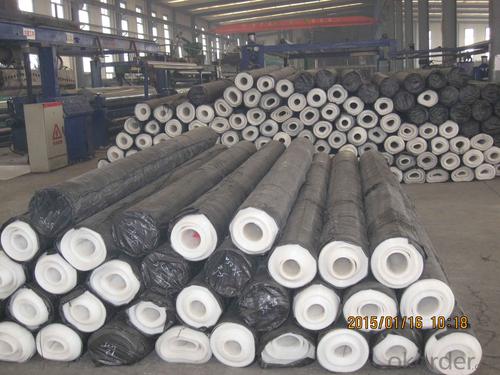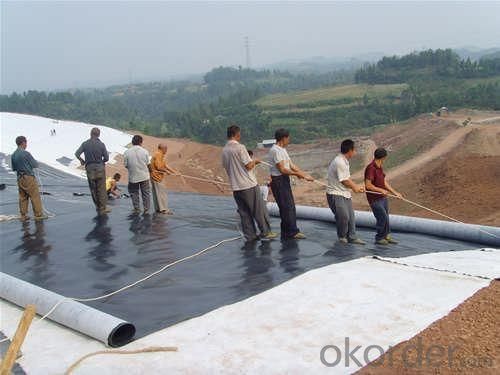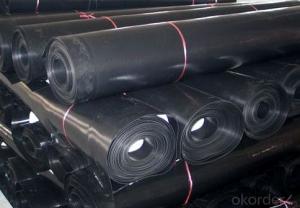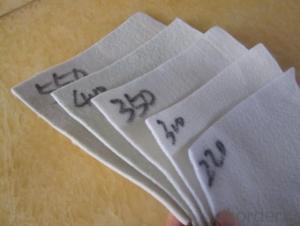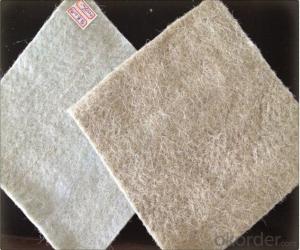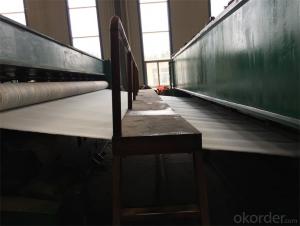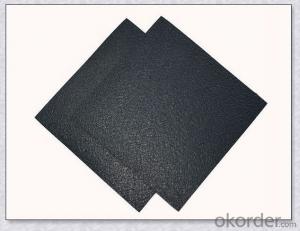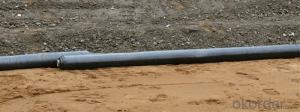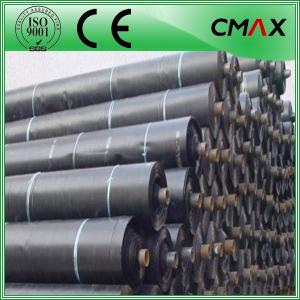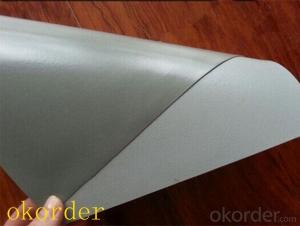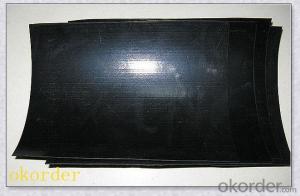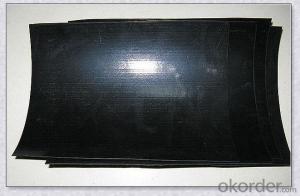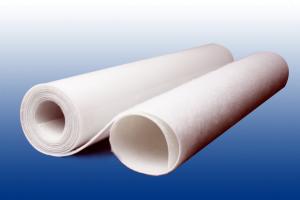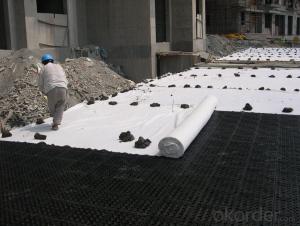Géotextile Gravier Brico Dépôt New Design HDPE Geomembrane Liner Price
- Loading Port:
- China main port
- Payment Terms:
- TT OR LC
- Min Order Qty:
- 1000 m²
- Supply Capability:
- 1000000 m²/month
OKorder Service Pledge
OKorder Financial Service
You Might Also Like
Specification
Type:
Geomembranes
Place of Origin:
Jiangsu, China (Mainland)
Brand Name:
Lonrace
Model Number:
geomembrane
Material:
EVA, HDPE, LDPE, LLDPE, PVC
Color:
Black
Application:
Dam,traffic tunnel,road,airport,drainage,
Thickness:
1mm-3mm
Length:
50-200m as customers' request
Width:
4m~9m
Standard:
ISO, CE
Feature:
Chemical Resistant
Surface:
Textured Surface
Product name:
hdpe geomembrane manufacturers
Keyword:
hdpe geomembrane manufacturers
Detailed Images
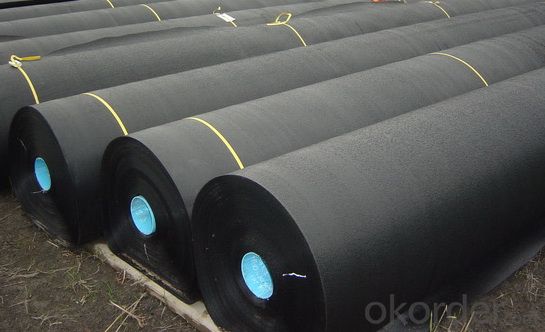
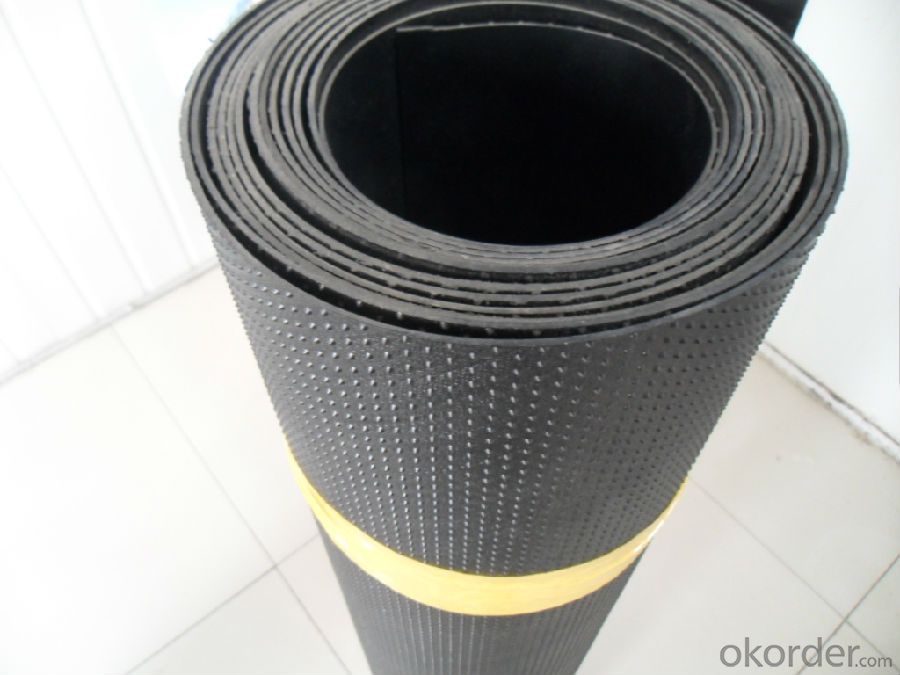
Packaging & Shipping
Packing: PLASTIC FILM INSIDE, AND WOVEN BAG OUTSIDE
Shipping: About 15 days after receipt the deposit
geotextile fabric
permeability,filtration,easy for construction
ISO and CE certificate
Good quality and competitive price
Our Service
Quality assurance
1.On a regular basis or as per your request,we entrust national testing agencies to conduct quality inspections
2. Strictly in accordance with the ISO9001-2008 international quality system standard,we monitor and manage the whole process throughout production,quality testing,and measurement to ensure product quality
3. For quality-related construction delay or substandard construction(except for damage or losses due to customer’s responsibility or irresistible natural disasters),we have refunding,replacement,and repair services.We will respond to customers’ feedbacks on quality issues within 24 hours.
After-sales service
1.In order to provide customers with comprehensive technical support,we will provide technical and other related information upon request in a timely manner.
2.In required,we will appoint specialized technicians to the construction site to give technical trainings to construction people,and offer technical guidance throughout the whole construction process.
3.For damage due to shipment and delivery,after we receive the complaint,we will check the issure through provided pictures and videos.If our responsibility is confirmed,we wil offer free replacement.
4.When the construction is completed,as your request,our technical staff may participate in the final acceptance.
FAQ:
Q: What kind of payments does jenor support?
A: T/T, L/C, Cash are accepted.
Q: Do you charge for the samples?
A: Accordeing to our company policy, the samples are free, we only charge the freight fee. And we will return the freight fee during the next order.
Q: Can you produce according to customers' design?
A: Sure, we are professional manufacturer, OEM and ODM are both welcome.
Q: Do you have other products?
A: Yes, please check the pictures:
- Q: What are the different installation methods for geotextiles?
- There are several installation methods for geotextiles depending on the specific application and project requirements. Some common methods include loose-laid, anchored, and mechanically stabilized installation. In the loose-laid method, the geotextile is simply placed on the ground surface without any additional fixation. Anchored installation involves securing the geotextile to the ground using stakes, pins, or other fasteners. Mechanically stabilized installation utilizes heavy machinery or equipment to mechanically compact the geotextile into the ground. The choice of installation method depends on factors such as soil conditions, project specifications, and desired performance outcomes.
- Q: Can geotextiles be used for reinforcement of embankments?
- Yes, geotextiles can be used for reinforcement of embankments. Geotextiles are commonly used as a separation, filtration, and reinforcement material in civil engineering applications. They can be placed between the soil layers to improve stability, prevent soil erosion, and enhance the overall strength of embankments.
- Q: What are the key considerations for geotextile installation in areas with high seismic activity?
- The key considerations for geotextile installation in areas with high seismic activity include selecting a geotextile material that can withstand strong ground shaking, ensuring proper anchoring and securing of the geotextile to prevent displacement during seismic events, evaluating the potential for liquefaction and designing appropriate drainage systems to mitigate its effects, conducting thorough site investigations to understand the soil conditions and potential for ground movement, and regularly monitoring and inspecting the geotextile installation for any signs of damage or failure due to seismic activity.
- Q: How do geotextiles contribute to the efficiency of drainage systems?
- Geotextiles enhance the efficiency of drainage systems by acting as a filter and separator. They prevent soil particles from clogging the drain pipes, allowing water to flow freely. Additionally, geotextiles distribute the weight and pressure evenly, preventing soil erosion and maintaining the stability of the drainage system.
- Q: How do geotextiles prevent soil erosion on slopes?
- Geotextiles prevent soil erosion on slopes by acting as a barrier between the soil and water. They allow water to pass through while trapping soil particles, which helps to stabilize the slope and prevent erosion. Additionally, geotextiles improve soil structure by providing reinforcement and reducing the impact of rainfall, thus minimizing the potential for erosion.
- Q: What is the geotextile material?
- Geotextile is made of staple fiber polyester, polypropylene, polyester filament, PP flat silk and other synthetic fibers through acupuncture or weaving made of geotextile, non-woven and industrial non-woven products in one. The general width of 1-6 meters, roll length of 50-100 meters, the quality per unit area of 100-600 grams square meters. According to the different production processes are: polyester / polypropylene staple acupuncture geotextile, PP flat wire woven geotextile, polyester spunbond filament geotextile, single double-sided thermal composite impermeable geotextile, woven geotextile and so on.
- Q: Are geotextiles environmentally friendly?
- Yes, geotextiles can be considered environmentally friendly. Geotextiles are designed to have minimal impact on the environment and can be made from recycled materials. They can help with erosion control, soil stabilization, and filtration, reducing the need for harmful chemicals or excessive soil excavation. Additionally, geotextiles are often biodegradable or can be recycled at the end of their lifespan, further contributing to their environmental friendliness.
- Q: Project, what is the use of permeable geotextile?
- In fact, geotextile has six main functions: 1. Isolation 2. Filter 3. Drain 4. Reinforcement 5. Protection 6. Closed. Can be applied to the four areas 1, water conservancy projects: seawall, embankment, lake embankment project; reservoir reinforcement project; reclamation project; flood control. 2, highway and railway airport engineering: soft foundation reinforcement; slope protection; road anti-reflective crack structure layer; drainage system; green isolation zone. 3, electrical engineering: nuclear power plant basic engineering; thermal ash dam project; hydropower project. 4, port waterway project: port. What you said is the drainage of water it. Is to rule out the excess water, to prevent soil erosion!
- Q: How do geotextiles help with ground improvement?
- Geotextiles help with ground improvement by providing reinforcement, separation, filtration, and drainage. They can strengthen soil and prevent its movement, maintain the separation of different soil layers, filter out harmful particles, and improve water drainage.
- Q: What are the considerations for geotextile selection in coastal engineering projects?
- There are several important considerations for geotextile selection in coastal engineering projects. Firstly, the geotextile should possess high tensile strength and durability to withstand the harsh coastal environment, including waves, tides, and erosion. It should also have good permeability to allow for proper water drainage while preventing the loss of soil particles. Additionally, the geotextile should be resistant to UV degradation and chemical exposure, as well as be compatible with the surrounding soil and other materials used in the project. Lastly, factors such as installation ease, cost-effectiveness, and the specific requirements of the project should also be taken into account when selecting the appropriate geotextile for coastal engineering projects.
Send your message to us
Géotextile Gravier Brico Dépôt New Design HDPE Geomembrane Liner Price
- Loading Port:
- China main port
- Payment Terms:
- TT OR LC
- Min Order Qty:
- 1000 m²
- Supply Capability:
- 1000000 m²/month
OKorder Service Pledge
OKorder Financial Service
Similar products
Hot products
Hot Searches
Related keywords

